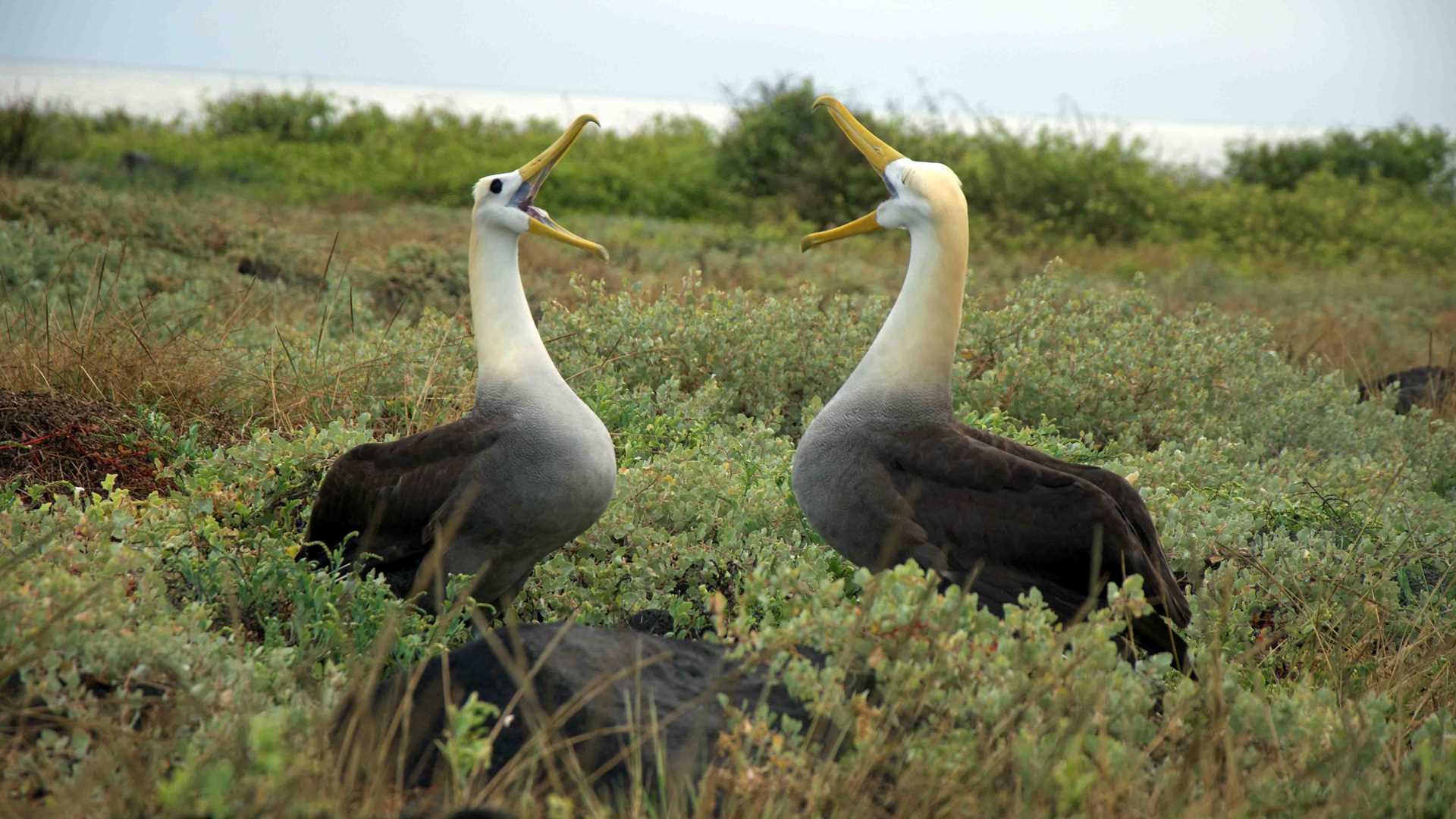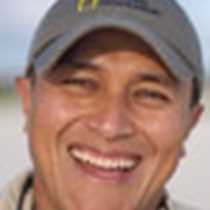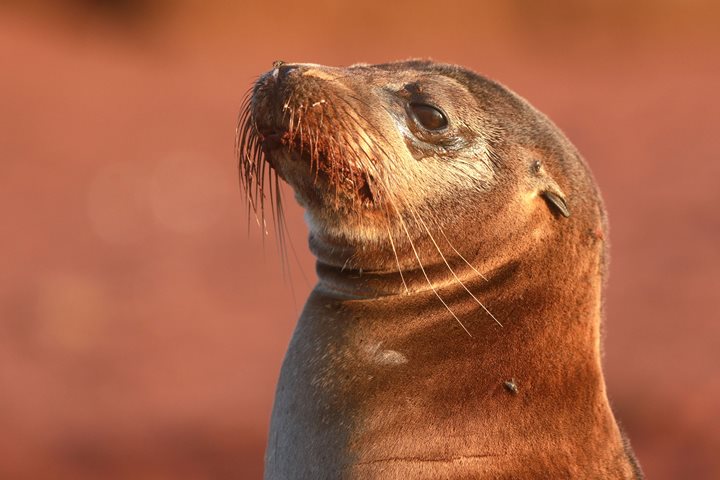Today was our first full day in the Galapagos. We visited Española and enjoyed a wide variety of wildlife that is unique to this archipelago. In the morning we went to Gardner Bay where we enjoyed snorkeling and exploring a white sandy beach full of sea lions. We came back on board to experience a traditional Ecuadorian lunch which was just delicious! In the afternoon we moved to Punta Suarez. Here we had the opportunity to observe the Galapagos waved albatross. We also spotted marine iguanas, Nazca boobies and swallow tailed gulls. It was a great way to start our Galapagos expedition aboard the National Geographic Islander.
- Daily Expedition Reports
- 05 Jun 2017
Española Island, Gardner Bay, 6/5/2017, National Geographic Islander
- Aboard the National Geographic Islander
- Galápagos
José Guerrero, Naturalist/Certified Photo Instructor
José Guerrero Vela is an Ecuadorian permanent resident of the Galapagos. His mother was born in the islands and his grandfather was one of the first generation of teachers in the Galapagos, which has always inspired him to promote education as the ma...
Read MoreShare Report
Related Reports
11/23/2022
Read
National Geographic Islander II
Isabela and Fernandina
Our day began with the chance to point out a lot of interesting geological features as we enjoyed Zodiac tours along a massive flank of Ecuador Volcano on Punta Vicente Roca. In the afternoon, we took a sunny walk on Punta Espinoza on Fernandina Island. We spotted many iguanas, and a bunch of sea lions hanging around, too.
11/22/2022
Read
National Geographic Islander II
North Seymour & Rabida Islands
Relatively small and low compared to neighboring Santa Cruz, North Seymour is located to the north of Baltra. The island is dry with predominantly low shrubs, like prickly pear cacti. The incense trees are bare during the dry season. Seabirds like frigatebirds and blue-footed boobies nest on the island, and sea lions rest on the sand when they are not fishing. Land and marine iguanas also live here. Rabida is in the middle of the archipelago and has a striking red sand beach. We observed a small colony of sea lions of all ages resting or nursing. Behind the beach, American flamingos nest in a brackish lagoon. This island is full of contrasts and wildlife that we enjoyed observing during this day of expedition.







